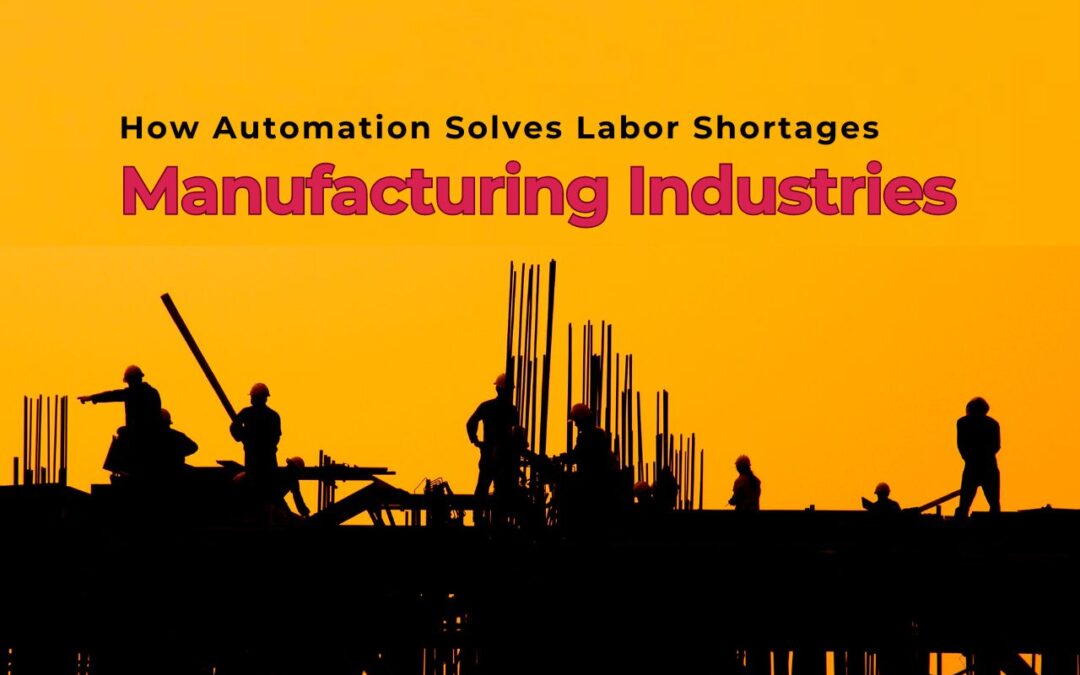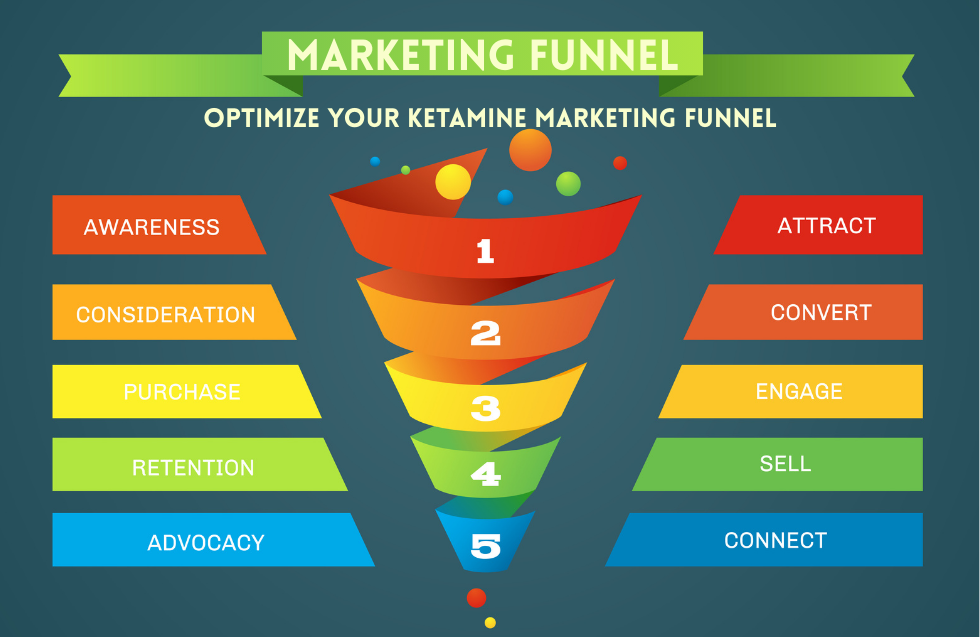Many manufacturing industries are facing an undeniable fact. The lack of enough employees to meet growing demand is a reality they face every day. As seasoned veterans retire, and the next generation of employees refuses to work in factories that require more physical ability, the skill gap will continue to widen. But instead of simply replacing employees, progressive companies are starting to use automation to fill the gap and decrease production times.
It isn’t about removing the human touch.
Understanding the Labor Shortage in Manufacturing
Factory labor jobs are hard jobs and often jobs that require things like shift work, repetitive work, or fast-paced precision work. Additionally, quality, speed, and the desire for customized products have crossed a tipping point. As demand hasn’t waned much for the type of factory labor, many factories have found themselves dangerously short on workers, requiring current workers to overextend themselves to attempt to make up for the loss in work while at the same time losing productivity on-site.
Denial of the issue doesn’t erase it. Enter automation as a real-world solution.
Cobots and Smart Machines That Support, Not Replace
One of the most powerful technologies available today in manufacturing industries is a collaborative robot, or cobot. Cobots work in unity with humans, not against them. Cobots perform repetitive and tedious physical tasks, or scenarios that may be dangerous to individuals, while individuals focus on skilled or decision-making tasks.
An example of something that is heavy, such as sorting materials or repetitively welding, is an ideal application of automation. At the same time, people manage operations, solve system problems, and provide improvements. As a result, productivity and job satisfaction outcomes are improved.
Training and Upskilling the Workforce
A good automation strategy is always human. More manufacturing industries are therefore committing to upskilling initiatives since the use of the equipment reduces the unique burden of maintenance. Workers are taught to run robot systems, maintain digital workflows, or read sensor data in real time.
Consider the case of a machine operator who used to work on manual packaging. Through automation, the same employee could be upskilled to oversee a robotic cell, perform maintenance checks, or even program rudimentary jobs. Such changes not only save jobs but also move them up.
Lightening the Burden and Stopping Burnout
The lack of staff can often lead to the only reasonable option that companies have is to lean heavily on the employees they currently have.
This can lead to excess overtime, increased fatigue, and the likely possibility of making mistakes.
To sustain employees working safely while automating repetitive or boring work, workers gain less physical strain, increasing morale, and reducing burnout risk. The important aspect is that balanced workload matters as it often leads to retention, which sustains a safe workplace while fostering creativity and reducing psychological hazards through risk assessment and management processes.
Meeting Demand Without Hiring Surges
In high-demand periods, employing additional workers with speed is not always an option. Automation offers the degree of flexibility to expand operations without relying on just new employees. Robots can be introduced onto production lines to grow production with continuous quality assurance.
Scalability allows businesses, whether it be a one-off job or mass production, to adapt faster to market changes, to meet timely orders, and to sustain profitability when it is hard to find labor.
Safer Workplaces, Fewer Injuries, and happier workers.
Safety is right at the top of important things in manufacturing, and automation will elevate the working environment. Robots can do highly dangerous work, like work with high temperatures (think welding, for example), toxic conditions, or work involving sharp machinery. In these instances, this transfer removes one of the more meaningful chances of injury on-site.
A workplace that is free from injury is a positive experience for everyone. Better morale, lower premiums, and less workplace liability exposure may enhance a business’s image as an employer of choice.
Smart Automation With AI and Data Insights
Automation is more than just equipment; with artificial intelligence, sensors, and devices that are networked, you are starting to add intelligent decision-making to the production floor. Machines are now able to issue notifications or alerts after diagnosing an issue. Machines can predict maintenance, or respond and adapt in real time.
These robotic functions minimize downtime and elevate production flows. By innovating in automation using AI as a model, manufacturers can continue to produce goods with fewer hands.
Respecting the Human Role in Automation
There is increasing recognition within the industry that individuals are not replaceable. Automation is more effective when it enhances human potential than when it tries to replace it.
Employees provide companies with critical and creative thought and agility, which cannot be replicated by machines or programs. Automation with consideration and machine respect decreases the opportunity and risk of harm or adverse effects on people working, therefore creating a more sustainable and productive workplace.
FAQ’S
1. Will we lose manufacturing industries jobs as a result of automation?
In large part, no. Most work is being altered, not eliminated. Workers are being retrained for more productive work.
2. How feasible is the automation for small and medium enterprises?
Automation has never been more economical, with elastic solutions for manufacturers of all sizes.
3. Does automation lead to greater job satisfaction?
Yes. By removing the most demanding or dangerous work it allows employees to perform safer, more fulfilling work.
4. Is automation quick to do?
Most companies begin with low-level automation, such as packaging or inspection, and expand step by step.
5. What is the automated job training?
Minimal on-the-job training or short certification programs suffice to start the process.
6. Is automation beneficial to workplace safety?
Yes. Robots remove risk by doing dangerous work, meaning fewer accidents and improved safety.
Conclusion
Automation is not about leaving a human behind, but enabling people. Companies that are working with talent shortages are using automation as a partner that is enhancing efficiency, increasing safety, and enabling employees through new possibilities. When companies embark on automation in a spirit of human value, they create a healthy working environment where we can do our jobs in partnership with machines.













